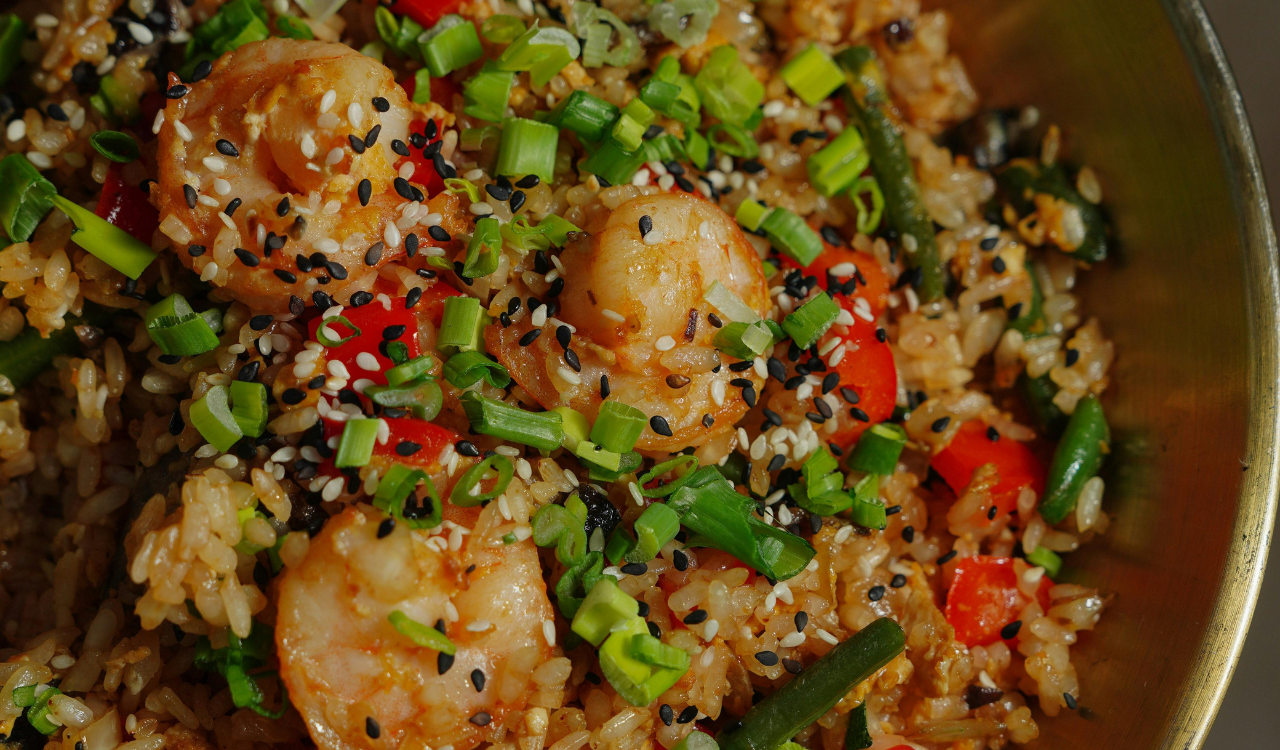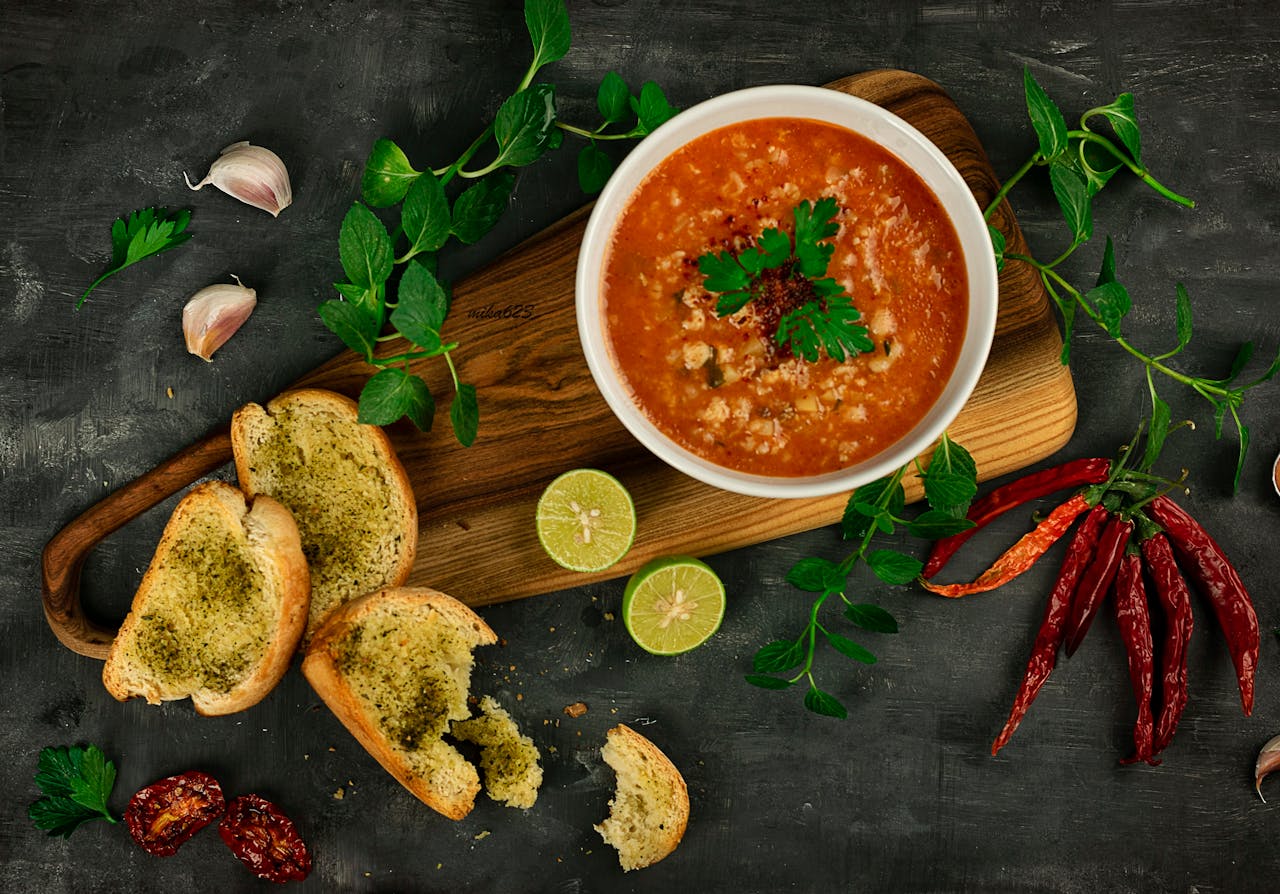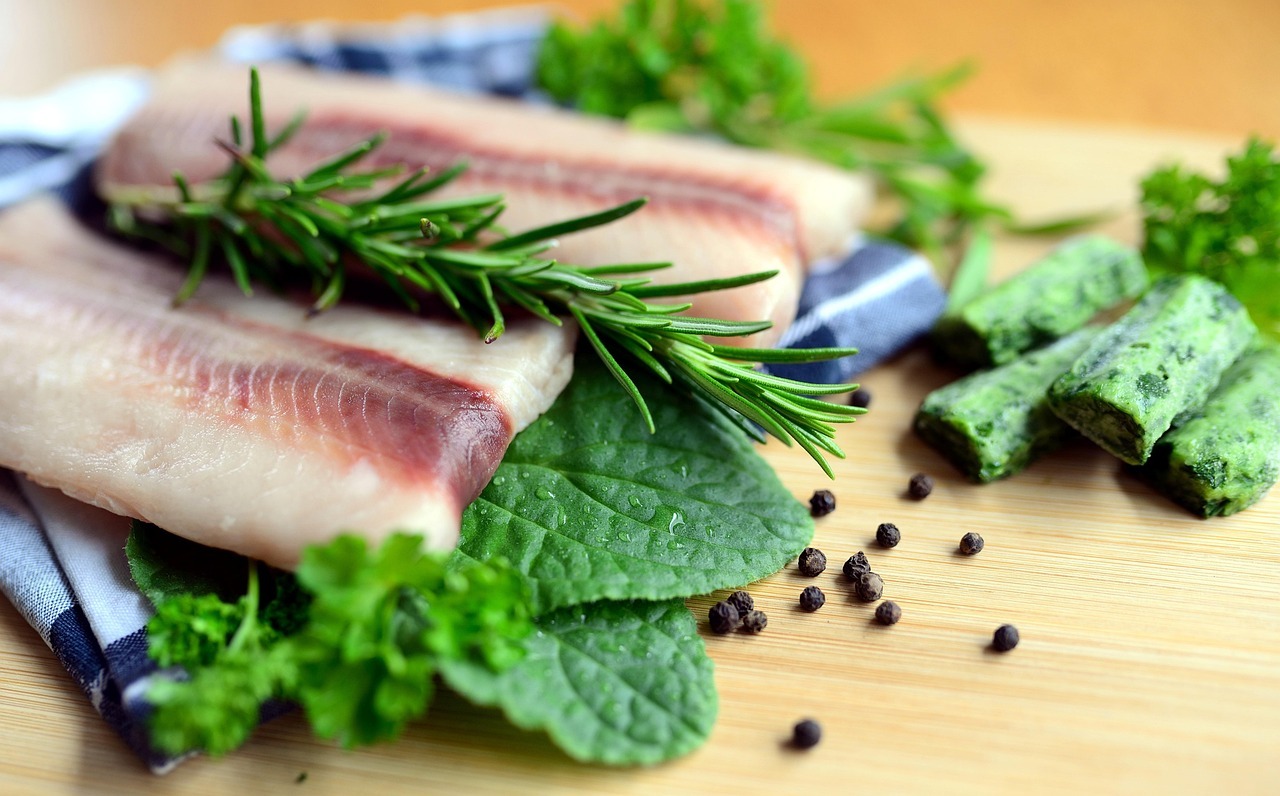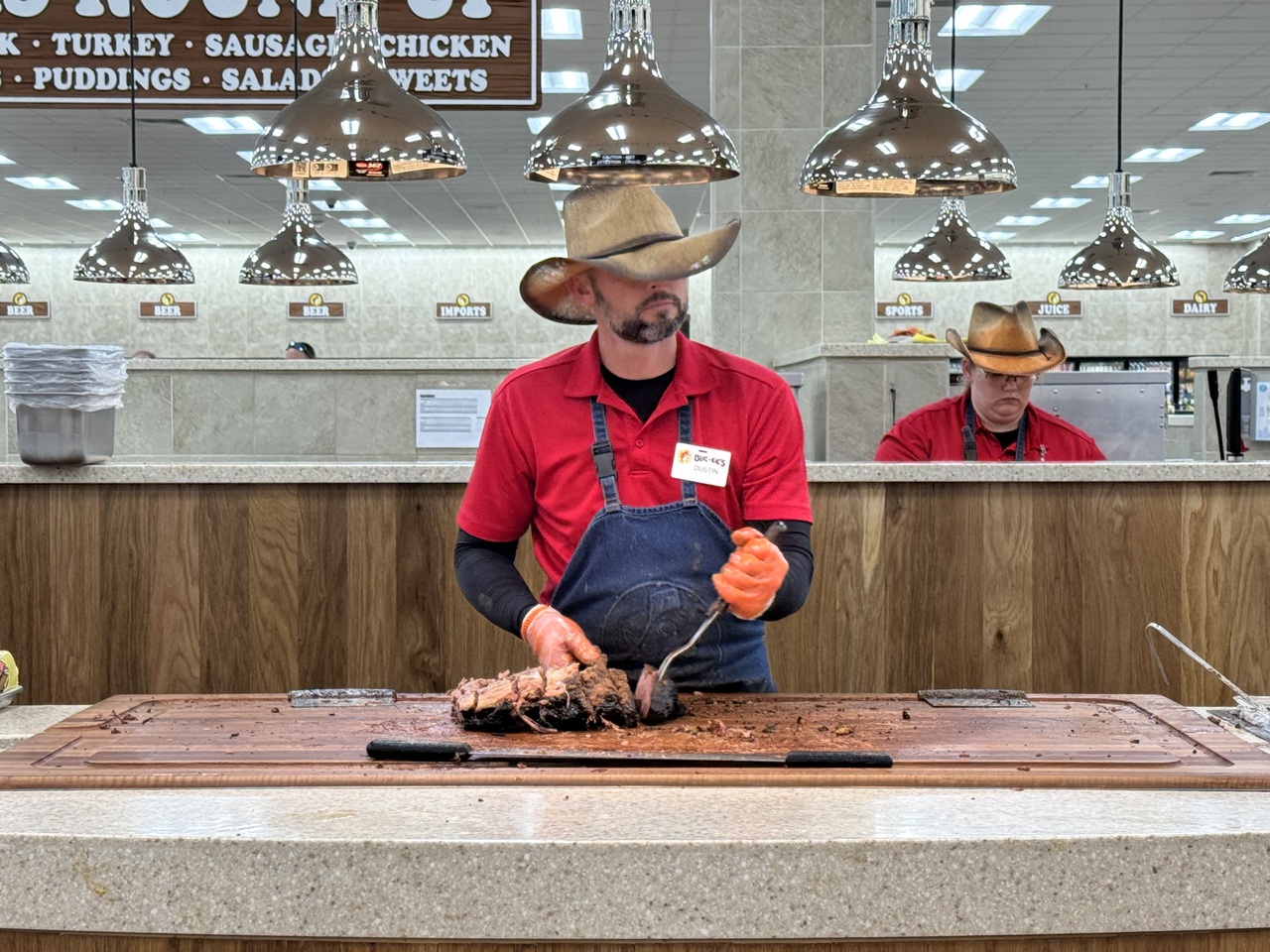Is It Safe to Put Hot Leftovers in The Fridge? What Food Science Says
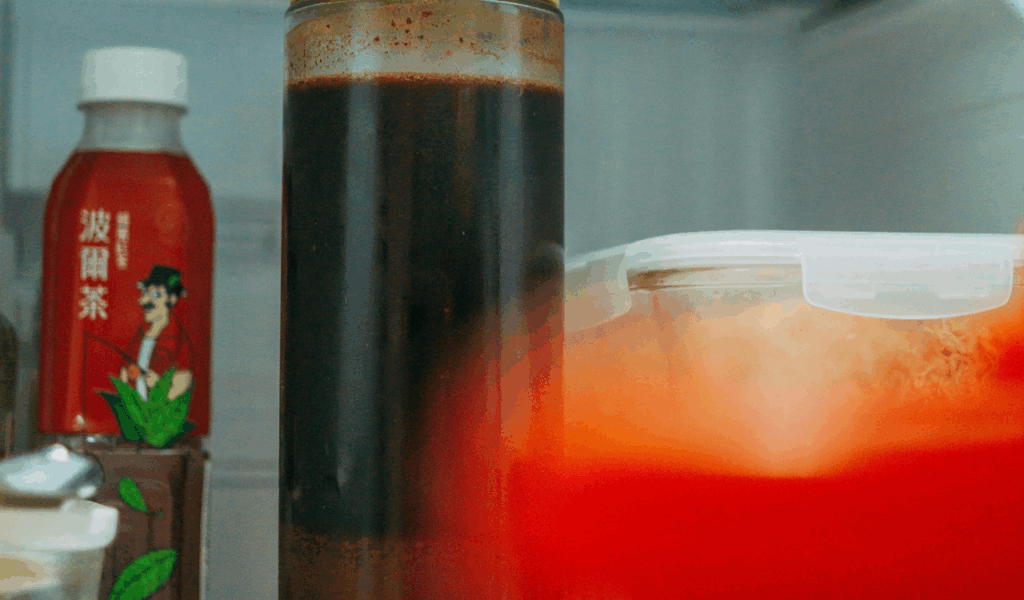
Food science provides a more nuanced explanation, but putting hot leftovers in the refrigerator frequently raises eyebrows. Waiting too long to refrigerate puts you at risk of allowing bacteria to grow in the “danger zone,” which is between about 4°C and 60°C (or 40°F and 140°F). However, putting a big pot of steaming food right in the refrigerator can cause the refrigerator’s internal temperature to rise, which will slow down the cooling of the dish and other items in the vicinity. Efficient cooling can be achieved by dividing the hot food into shallow containers, which increase surface area, or by using an ice or cold water bath prior to refrigeration. In summary, it is safe to refrigerate hot leftovers, but it is important to use smart cooling.
1. The “Danger Zone” and Why Time Matters
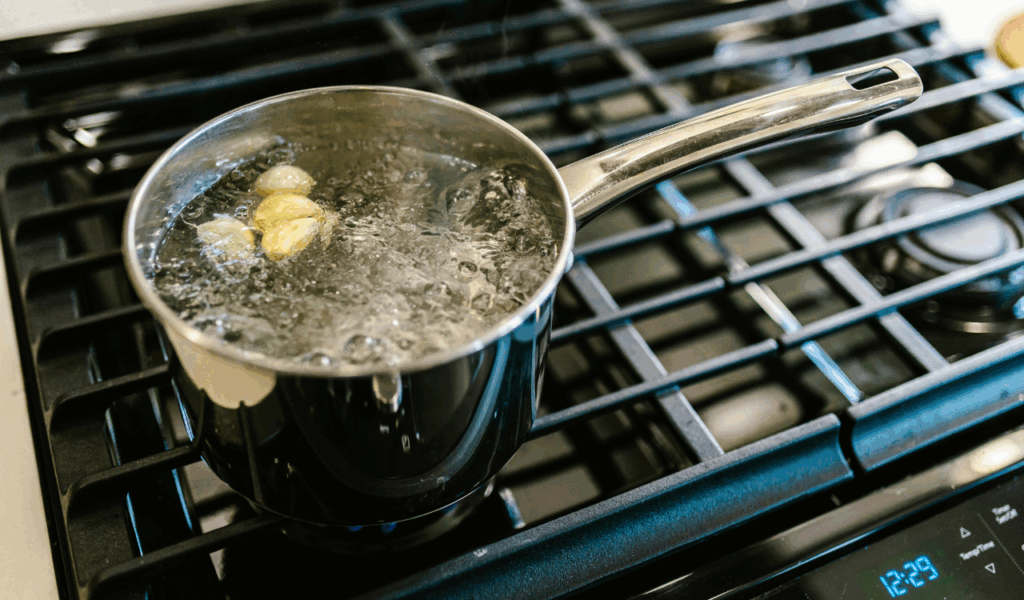
The “danger zone,” which is between about 4°C (40°F) and about 60°C (140°F), is where bacteria that cause foodborne illnesses grow the fastest. Bacteria can double every 20 minutes or less if hot food is left in this range for an extended period of time. Perishable cooked food should therefore be refrigerated (or otherwise cooled) within two hours of cooking, or just one hour if the ambient temperature is extremely high (>32°C/90°F), according to food safety guidelines. Delaying past that point increases the risk of foodborne illness by giving bacteria an advantage.
2. Why Letting Food Cool Fully Before Refrigerating Is Risky
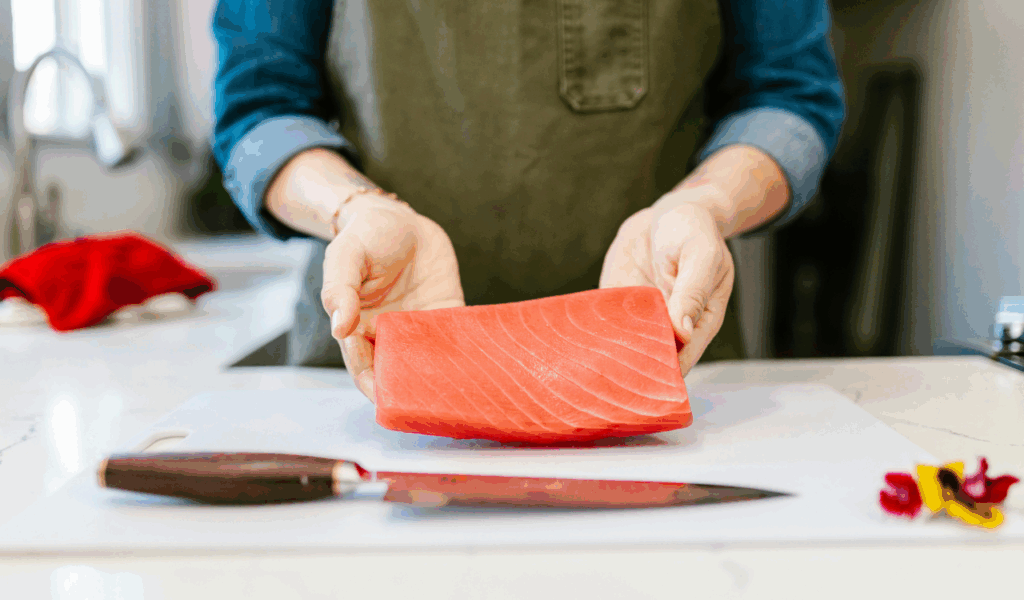
A common misconception is that food should not be placed in the refrigerator until it has reached room temperature. However, that approach frequently backfires. The food spends a lot of time in the danger zone while cooling slowly on the counter, which is precisely what we want to avoid. Experts in food safety contend that it is safer to start cooling right away rather than putting leftovers at risk by putting off refrigeration. To get the food through the danger zone as fast as possible, the cooling process must be accelerated.
3. How Hot Leftovers Can Affect Your Fridge
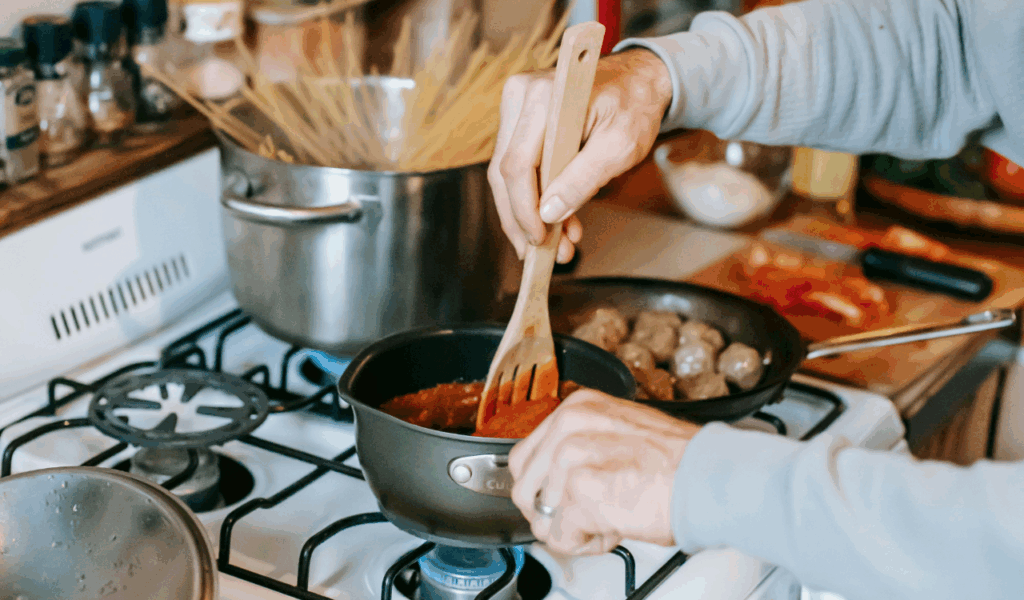
Putting a lot of hot food in your refrigerator can cause its internal temperature to rise momentarily, which could cause other items to move closer to the danger zone. The refrigerator’s cooling capacity may be slowed down and the overall food safety of everything within may be compromised if it is overloaded or has a steaming pot in the back. For this reason, you should not stack hot dishes in one area or pack your refrigerator too full.
4. Techniques to Cool Hot Food Safely
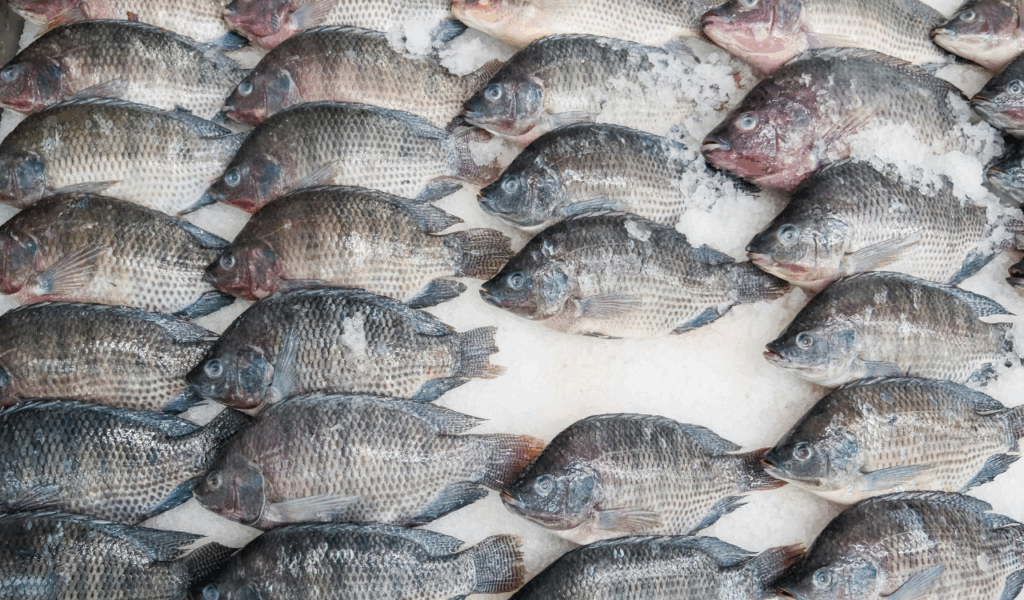
To allow heat to escape more rapidly, divide into shallow containers by spreading the food out in wide, shallow pans or dishes. Additionally, smaller portions cool more quickly. If the container is heat-safe, place it in a larger bowl or sink filled with ice water and stir it occasionally to create an ice bath or cold-water bath. If the ice melts, replace it. To lower the temperature more quickly, for soups or stews, add ice or chilled liquid such as cold broth or ice cubes, keeping in mind the potential for flavor dilution. Lids should be left open at first to allow moisture and heat to escape, then sealed when the temperature drops. These techniques shorten the window of opportunity for bacteria to grow by assisting the food in swiftly passing through the danger zone.
5. When It’s Okay to Place Hot Leftovers in the Fridge
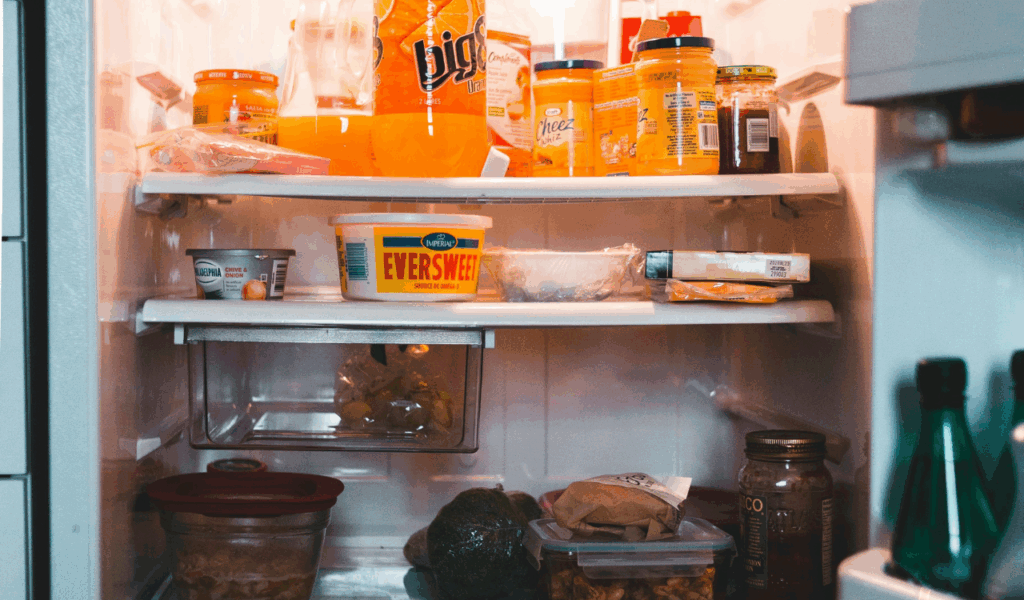
As long as they don’t significantly increase the temperature of the refrigerator, small portions or shallow servings of hot food are typically safe to put straight in the refrigerator. Foods should be refrigerated as soon as possible, even if they are warm, according to the USDA and food safety authorities. However, you should follow the above instructions to cool large quantities of soups, stews, and roasts first.
6. How Long Hot Leftovers Can Stay Safe in the Fridge
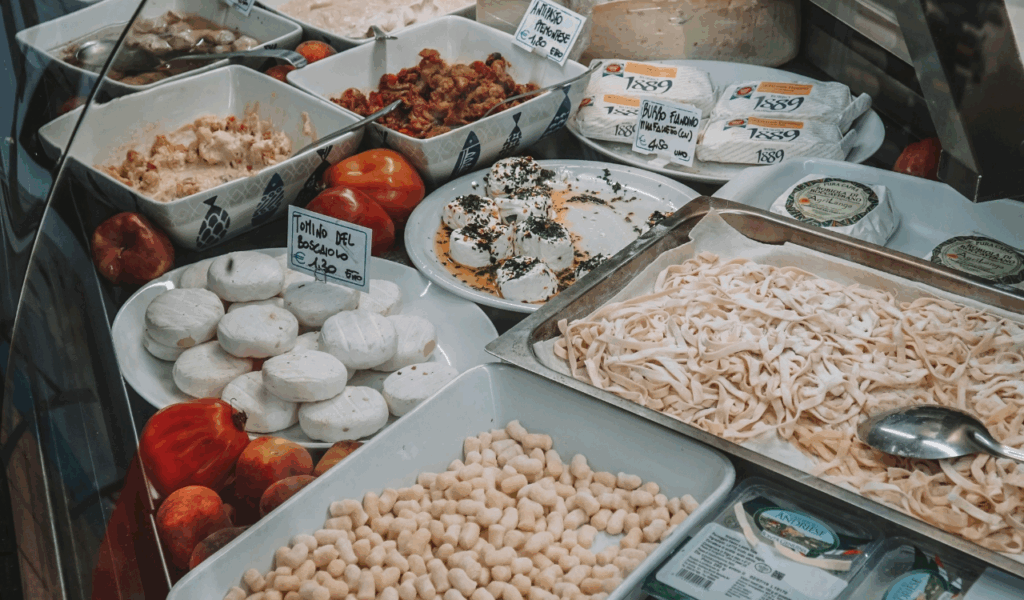
Leftovers are usually safe for three to four days after being properly cooled and refrigerated (at about 4°C/40°F). After that, the food is more likely to spoil or develop dangerous bacteria, even if it still smells and looks good. It is therefore best to throw it out. Move leftovers to the freezer for extended storage; there, they can stay safe for three to four months, though their quality may deteriorate.
7. Reheating and Serving: What You Must Do
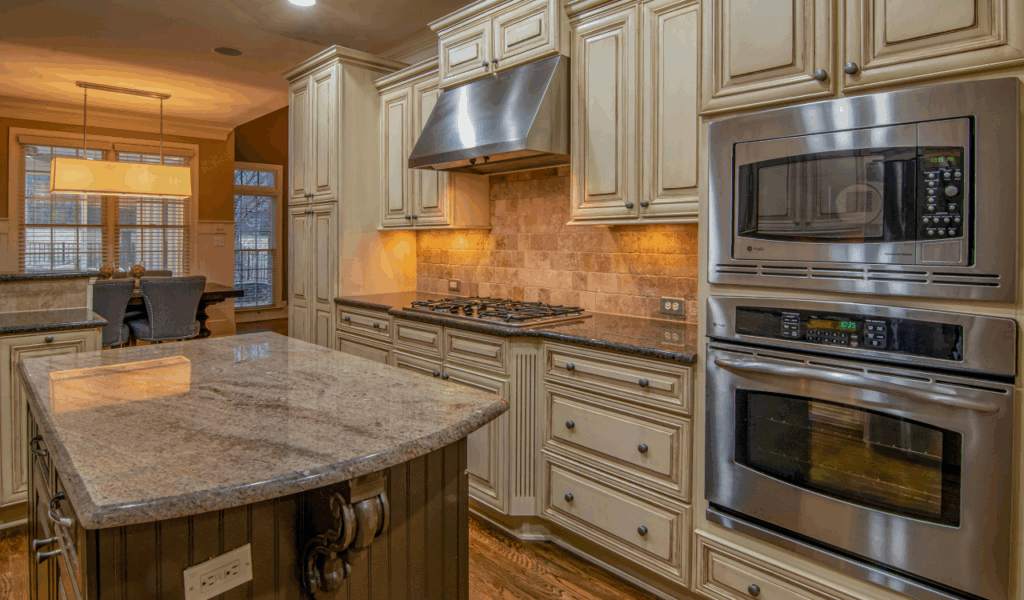
To destroy the majority of bacteria and pathogens, reheat leftovers until the internal temperature reaches at least 74°C (165°F). If necessary, stir well to guarantee uniform heating. Ovens, stovetops, and microwaves are all suitable, but slow cooker reheating should be avoided as it may increase the amount of time food remains at dangerously high temperatures. Throw away any reheated food that doesn’t reach a fully heated temperature. Additionally, refrain from reheating repeatedly as this raises the risk.
8. Common Myths and Misconceptions
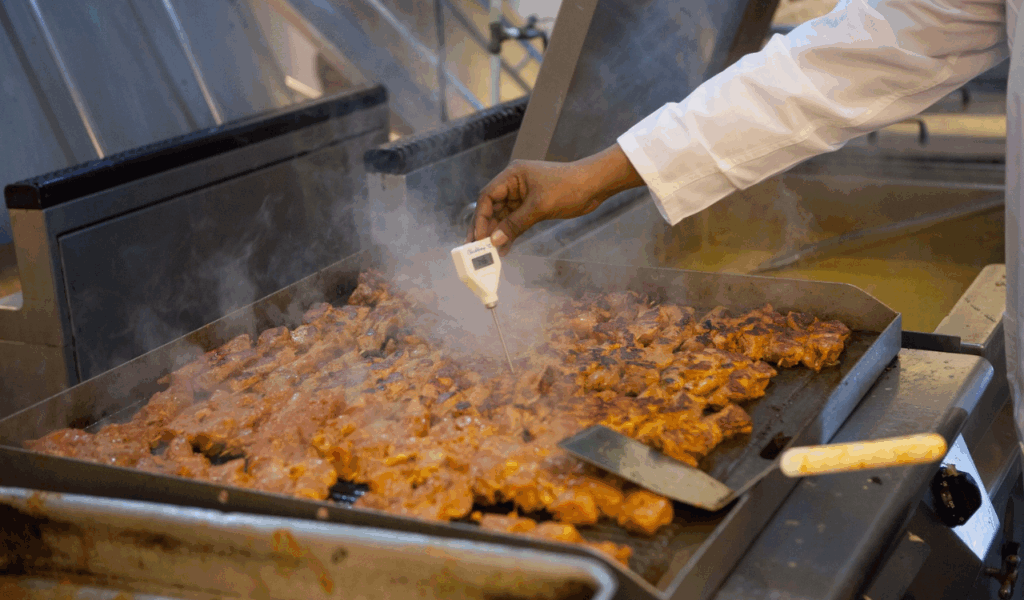
The myth “You should never put leftovers in the refrigerator until they are cold” is untrue. Food may exceed safe time limits as a result of that additional wait. Another myth, “Putting hot food in your refrigerator will ruin it” is incorrect too, as in a properly operating refrigerator, this is not a major risk if done carefully (separate portions, give space). Similarly, the myth that “Remaining food is safe if it looks and smells good” is false as well because the bacteria that cause illness are frequently invisible, odorless, and tasteless.

